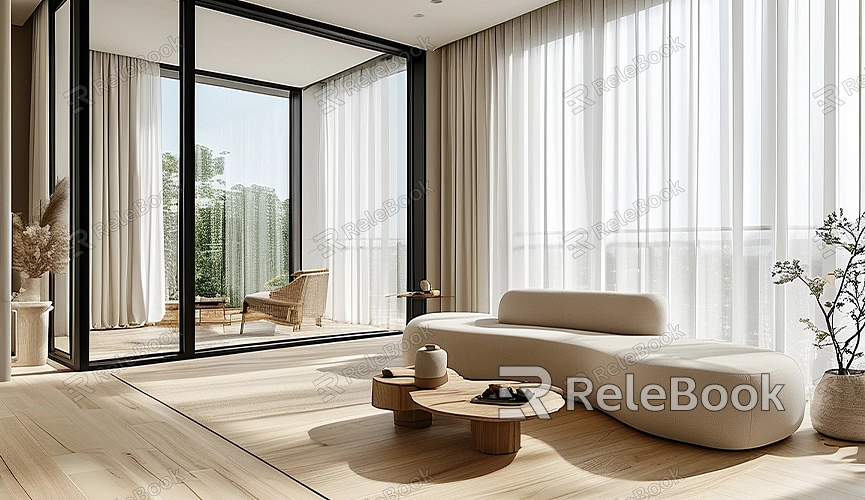How to Get Better Render Shading in Blender
Creating exceptional 3D artwork in Blender requires not only detailed models and high-quality materials but also enhancing the realism through refined render shading effects. Today, we'll delve into optimizing render shading effects in Blender to help you achieve superior final results.
Choosing the Right Render Engine
Blender offers multiple render engines, with Eevee and Cycles being the most common. Eevee is a real-time render engine suited for quick previews and interactive rendering, whereas Cycles uses path tracing to deliver high-quality lighting and shadow effects. For achieving more realistic render shading effects, opting for Cycles as your render engine is recommended.

Adjusting Light Source Settings
The quality of shadows is directly influenced by light source settings. In Blender, you can add various light sources such as point lights, directional lights, and spotlights. Properly configuring the position, intensity, and color of these light sources can enhance the naturalness and realism of shadow effects. Experiment with different placements of light sources to find the optimal lighting setup.
Using Ambient Occlusion (AO)
Ambient Occlusion (AO) enhances shadow depth and definition, adding to the realism of your scene. Enabling AO in Blender simulates light scattering and reflections in the environment, making shadow effects more lifelike. In Blender, you can find AO settings under the "World" tab in the properties panel. Enable AO and adjust its intensity to achieve the desired effect.
Optimizing Materials and Textures
Materials and textures play crucial roles in shadow effects. High-quality materials and textures ensure smooth transitions in shadows, elevating the overall rendering quality. In Blender's node editor, you can create intricate material effects and use high-resolution texture images to enhance realism. For extensive high-quality 3D textures, HDRI, or 3D model downloads, consider sourcing them from Relebook for seamless integration into your projects.
Adjusting Shadow Parameters
In Blender, shadow parameters significantly impact the final render quality. After selecting a light source, find shadow options in the properties panel to adjust parameters such as softness, transparency, and bias. Increasing shadow softness can create smoother and more natural shadow edges, reducing harsh transitions.
Using Subsurface Scattering (SSS)
Subsurface Scattering (SSS) simulates light scattering within translucent materials such as skin, wax, and dairy products, enhancing realism and shadow effects. In Blender, enable SSS through material nodes and adjust parameters for optimal results.
Optimizing Render Settings
Aside from the above methods, optimizing render settings is crucial for enhancing shadow effects. In Blender's render settings, adjust sampling, bounce settings, and enable denoising options. Increasing sampling and bounce settings enhances rendering detail and accuracy, while denoising reduces noise during the rendering process, resulting in smoother shadows.
Post-Processing
Post-processing plays a vital role in refining shadow effects after rendering. In Blender, use the compositor to adjust render results. Add nodes for color correction, contrast adjustments, and blurring to further optimize shadow effects and enhance overall visual appeal.
By selecting the appropriate render engine, adjusting light source settings, enabling ambient occlusion, optimizing materials and textures, adjusting shadow parameters, utilizing subsurface scattering, optimizing render settings, and performing post-processing, you can achieve superior render shading effects in Blender. For access to high-quality 3D textures, HDRI, or 3D model downloads, consider downloading them from Relebook for direct integration into your projects.

